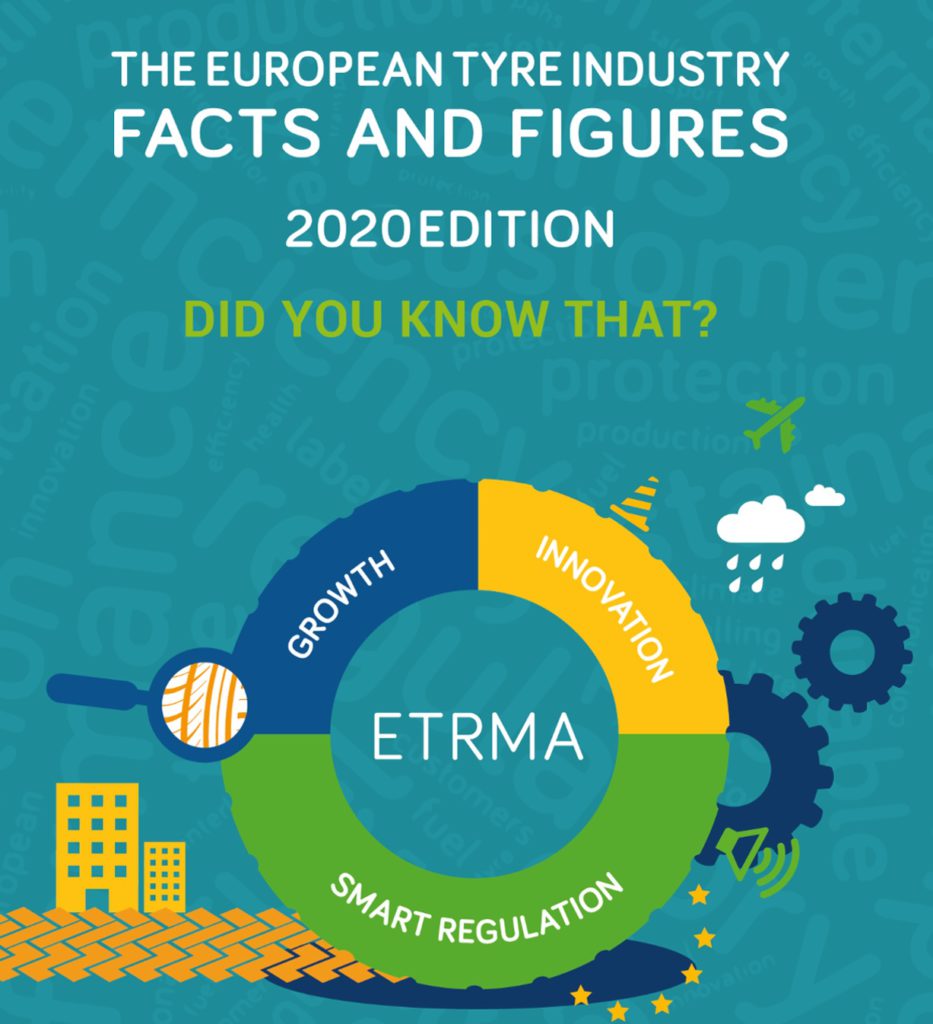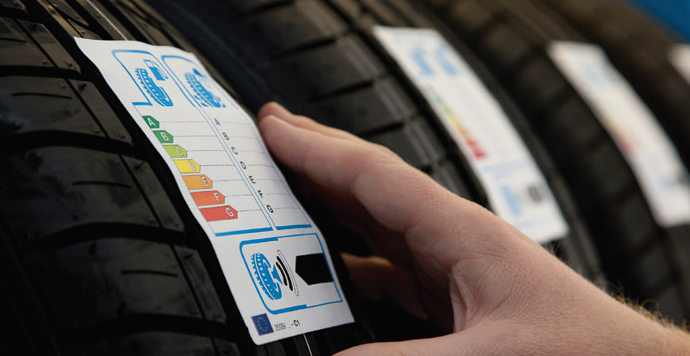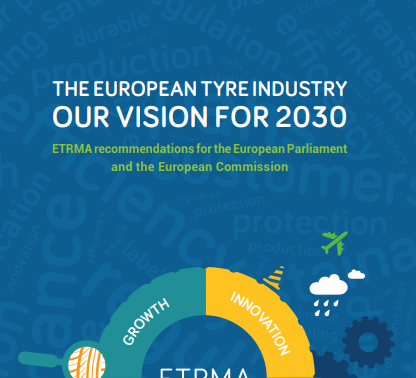Tyres
Enabling transport and mobility of goods and people
Tyres are integral to our daily lives, providing the traction for Europe’s economy and society. They are found on vehicles ranging from cars and bikes to buses and agricultural machines. Without tyres and rubber goods, Europeans cannot move, our economy – from agriculture to communications – grinds to a halt, and our defence and healthcare systems are unable to function.
They are the sole point of contact between a vehicle and the road, playing a crucial role in enhancing safety, improving driving comfort, reducing fuel consumption and CO2 emissions, and ensuring mobility in all weather conditions.
The European tyre market is the most technologically advanced in the world, driven by stringent regulatory requirements and the evolving demands of consumers and the automotive industry.
Tyres: a technologically complex product
Tyres are manufactured by combining different rubber compounds and materials to meet requirements for safety, fuel efficiency, performance, and environmental sustainability. The material mix also varies based on whether the tyre is designed for summer, winter, or all-season use.
Tyres are first and foremost designed for safety and are engineered to provide abrasion resistance, wet grip, and low rolling resistance. This results in a “performance triangle,” where enhancing one aspect may compromise another.
Innovations in tyre technology focus on balancing performance requirements, such as improving fuel efficiency and reducing CO2 emissions through lower rolling resistance. Tyres can account for up to 30% of a vehicle’s fuel consumption, making these advancements crucial for resource conservation and environmental protection.
The tyre industry is proactive in addressing potential health and environmental impacts throughout a tyre’s lifecycle, contributing to a more sustainable future.
Tyres hold the vehicle to the road and allow steering response and comfort and are the only link between your vehicle and the road. They:
1. Provide grip for braking and acceleration
2. Maintain steering and directional control
3. Support the weight of the vehicle
4. Act as a shock absorber for vibration from the road
What’s in a tyre?
NATURAL RUBBER
SYNTHETIC POLYMERS
STEEL
TEXTILE
FILLERS
ANTIOXIDANTS, ANTIOZONANTS, CURING SYSTEMS
ETRMA promotes the safe use and management of substances used in tyre production and is committed to substituting hazardous substances with safer alternatives. Learn more.
To this end, ETRMA supports the implementation of the Registration, Evaluation, Authorisation and Restriction of Chemicals (REACH) regulation through seminars, guidance documents, and collaboration with the European Commission, ECHA, and national authorities. In addition to that, ETRMA members comply with the CLP (Classification, Labelling and Packaging) and POPs (Persistent Organic Pollutants) Regulations.
The Magic Triangle: Balancing Performance & Safety
The “magic triangle” of tyre development refers to the crucial balance between three core performance aspects: rolling resistance, wet grip, and wear resistance.
Improving one of these aspects often impacts the others, making it a challenging yet essential task for tyre manufacturers. Achieving an optimal balance ensures that tyres provide excellent safety, fuel efficiency, and longevity.
ETRMA members continually innovate to enhance each element of the magic triangle, delivering tyres that meet the highest standards of performance and safety.



